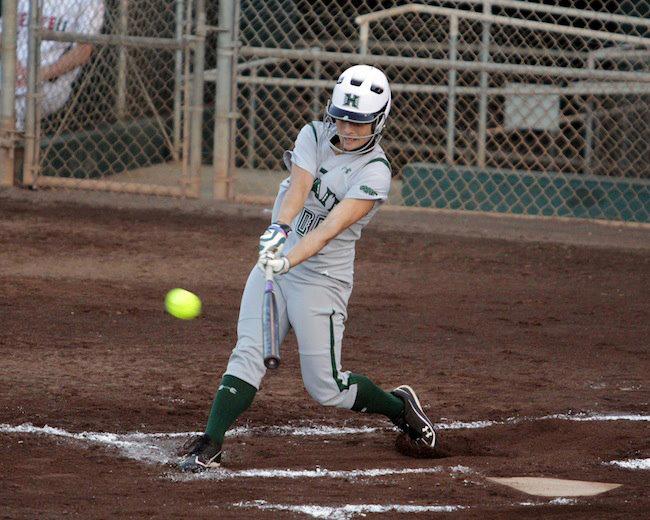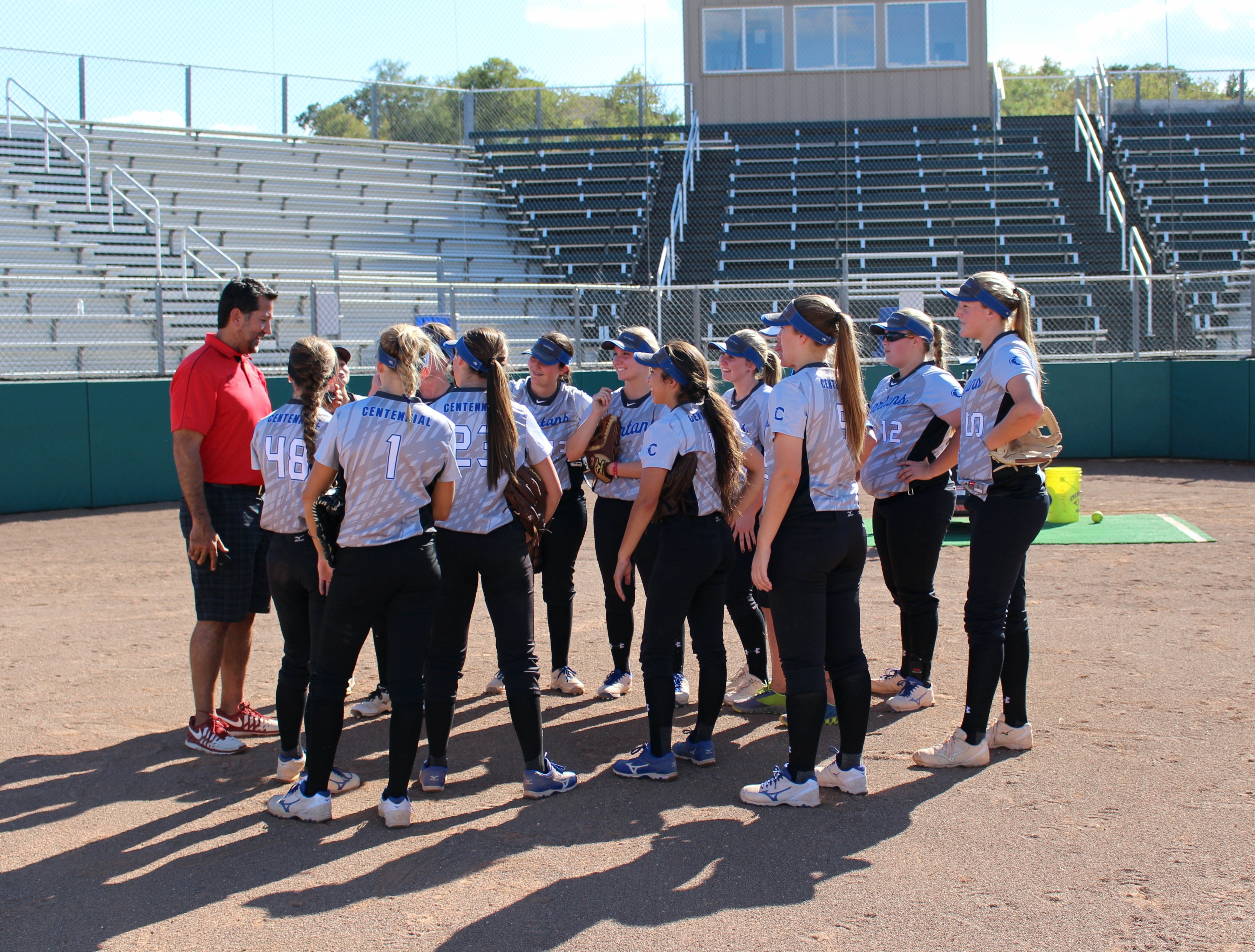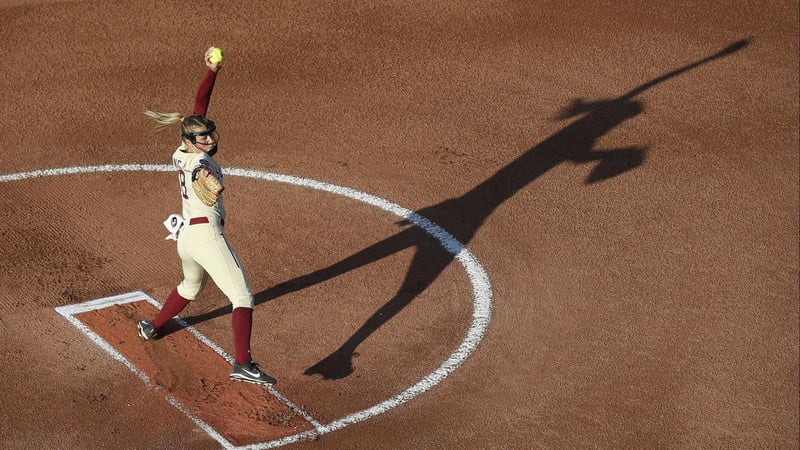
When asked about the differences between softball and baseball, what are the first disparities that come to mind? For most, the common answers would be the field dimensions, style of pitching, and ball size. Let’s look even further. What are those terms that you would only hear walking around a softball complex but never at a Major League ballpark?
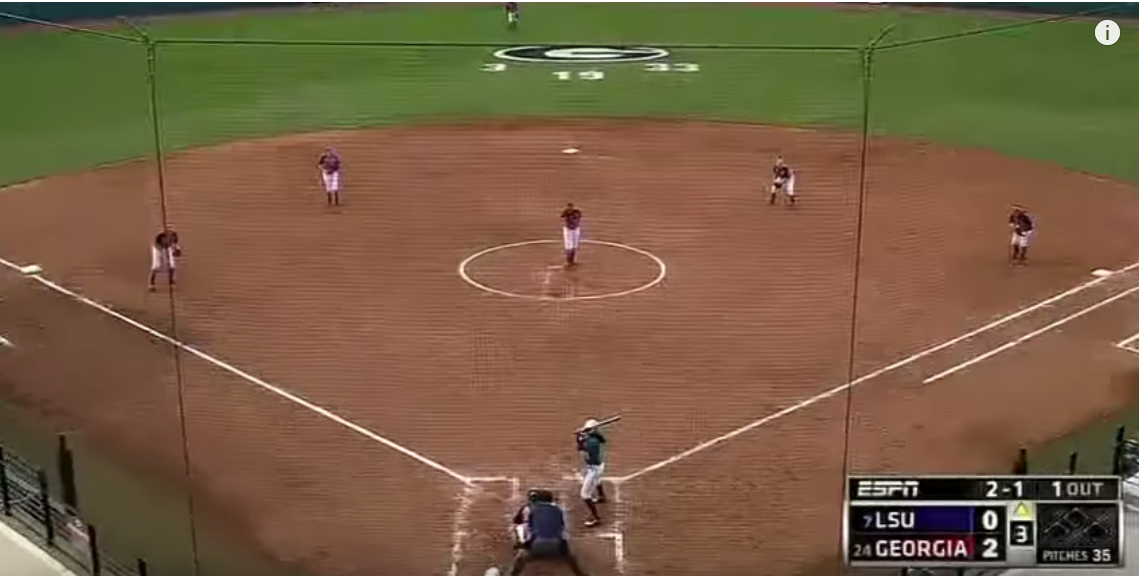
1. Slap Defense
The art of slapping can send an opposing defense into a panic. Slap hitting is where the batter moves through the batter’s box to essentially get a running start to first base before even making contact with the ball. In order to defend the slap, most defensive teams will position themselves differently on the field. The infielders will pinch in within the baselines, sometimes with the middle infielders cheating towards the corner bags in order to make the five/six hole disappear and allow the 2nd baseman quicker coverage to first base.

2. Pitching Circle
On a baseball field, the pitcher stands on the mound. In softball, the pitcher stands in the circle. Why? There is a literal mound on a baseball field that a pitcher throws from, but in softball, a pitcher throws inside a chalk circle on flat ground. Makes sense, right?
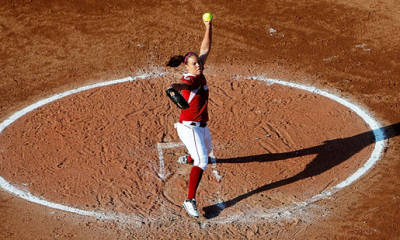
3. Pitching Lane
If you’ve ever watched a collegiate softball game, you may have noticed two straight lines coming out from the pitching rubber. That’s called the pitching lane. As a pitcher drives off the rubber towards home plate, her landing foot must come down within those two straight lines (which are the width of the rubber). If she lands completely outside the pitching lane, a ball is called on the batter, and the runners move up one base. Realistically, however, umpires have a very hard time calling an illegal pitch in this situation because those chalk lines quickly get covered in dirt in about an inning and a half.

4. Crow Hopping
If you’re a baseball player, you probably think of the term crow hopping when referencing outfielders gaining momentum for a long throw into the infield (or if you’re unfamiliar with the sport at all, you’re probably thinking why there are blackbirds jumping around the field to begin with). This outfield term is still true in softball, but the term ‘crow hopping’ is mostly used while discussing a softball pitcher’s drag foot. In all levels of the game (with the exception of international softball), crow hopping is an illegal move where a pitcher’s drag foot comes off the ground in the middle of her windup, replants on the ground, and pushes off again. That extra push off the ground is seen as an unfair advantage for those fire-throwing pitchers, so an illegal pitch is called.
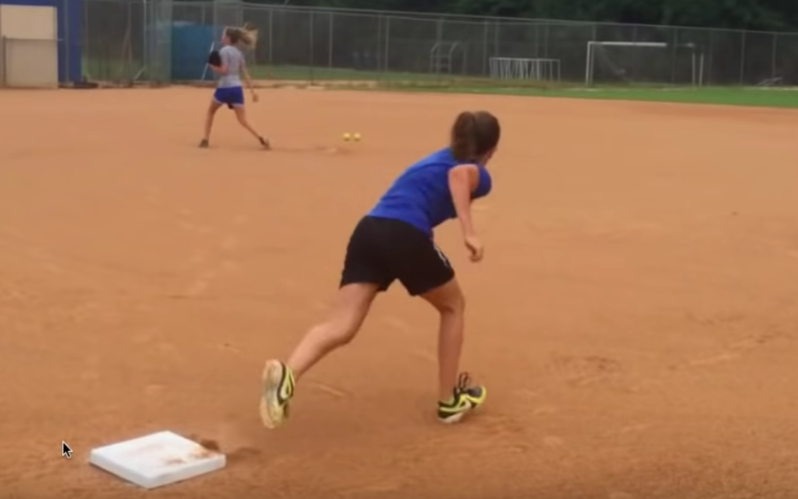
5. Caught Leaving Early
Young softball players, make sure you’re practicing your timing on the base paths! In Major League Baseball, runners can leave one base and steal the next whenever they want. In softball, the runner must wait until the ball leaves the pitcher’s hand before they can even leave the bag! If the runner comes off the base too early, the umpire calls a dead ball and the runner is called out for leaving early.
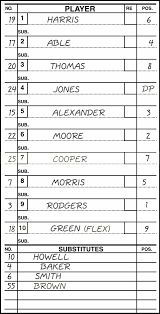
6. DP/Flex Positions
Want to get into the head of a coach who knows how to utilize his players’ strengths? Then, you should pay attention to how they use their lineup card. If you know baseball, you have probably heard of a DH (Designated Hitter). In softball, you have the DP (Designated Player - much like a DH) and the FLEX - the 10th player on the lineup card who does not hit. To explain the advantages and strategy behind the DP/FLEX is a whole separate blog post.
If we are looking simply at the differences between softball and baseball, in softball the DP and FLEX can both play defense at the same time without using a substitution. The defensive player who came out of the game is still in the batting order and may return on defense- again, without using a substitution. Whereas in the MLB, if the DH subs in on defense, the 10th position (most likely the pitcher) is now in the batting order and must be substituted for if the coach does not want their pitcher to have an at-bat. If a head softball coach understands the intricacies and nuances of the DP and FLEX positions, so many strategies and advantages are in his or her control.
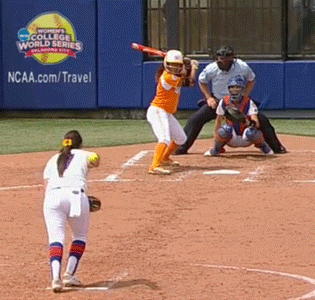
7. Rise Ball Pitcher
A pitched ball does not rise in baseball. ‘Nuff said.

